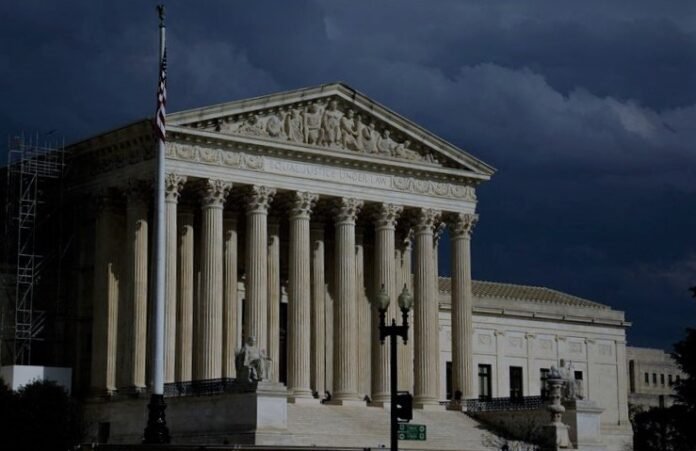Unraveling the Enigma: Supreme Court to Probe Whistleblower Allegations Against UBS in Pivotal Case
A Tangled Web of Retaliation and Intent
The labyrinthine world of financial whistleblowing is about to face a crucial test as the U.S. Supreme Court prepares to examine the hurdles faced by those who dare to stand up against employer wrongdoing. A tangled case involving Swiss banking titan UBS Group AG has set the stage for this legal spectacle, with former UBS bond strategist Trevor Murray at its heart.
Murray’s 2021 lawsuit, which accuses UBS of unlawfully terminating his employment due to his refusal to publish deceptive research, was previously dismissed by a lower court. Now, the highest court in the land has agreed to untangle the complex issues at play in this legal maelstrom.
Dissecting the Technicalities: Sarbanes-Oxley and Retaliatory Intent
The crux of the appeal hinges on an intricate detail: whether whistleblowers invoking the federal Sarbanes-Oxley Act must prove that their employers had “retaliatory intent” when suing for retaliation. The 2nd U.S. Circuit Court of Appeals in New York sided with UBS last year, asserting that Murray had not met this burden of proof.
This ruling, however, created a rift among federal appeals courts, with four others holding that plaintiffs need not demonstrate retaliatory intent in Sarbanes-Oxley cases. Defendants, on the other hand, can invoke the lack of intent as a shield.
The Stakes: A Landmark Decision Looms
If the Supreme Court tips the scales in UBS’s favor, financial whistleblowers may find themselves ensnared in a web of legal constraints. Proving an opponent’s motives is often a herculean task for plaintiffs. Murray’s attorney, Robert Herbst, criticized the 2nd Circuit’s decision, arguing that it strayed from the language of the whistleblower law. He eagerly awaits the opportunity to present the case to the Supreme Court.
Conversely, a UBS spokesperson expressed confidence that the 2nd Circuit’s decision would be upheld by the highest court.
Murray’s Accusations: A Tense Struggle for Justice
Murray, formerly employed within UBS’s mortgage securitization unit, contends that the bank pressured him to produce biased, rose-tinted research on commercial mortgage-backed securities. The goal, he alleges, was to enhance UBS’s trading and underwriting operations. Despite his outstanding performance reviews, Murray claims he was fired in 2012, a mere two months after expressing his concerns to superiors.
UBS, for its part, denies any wrongdoing, asserting that Murray’s termination was part of a broader cost-cutting effort that saw numerous job losses.
The Sarbanes-Oxley Act: A Beacon of Accountability
The 2002 Sarbanes-Oxley Act was designed to bolster accounting standards for publicly traded U.S. companies in the wake of a string of scandals. It also offered legal protections to employees who expose illegal conduct.
The stage is set for the Supreme Court to hear this momentous case during its forthcoming term, which begins in October.











